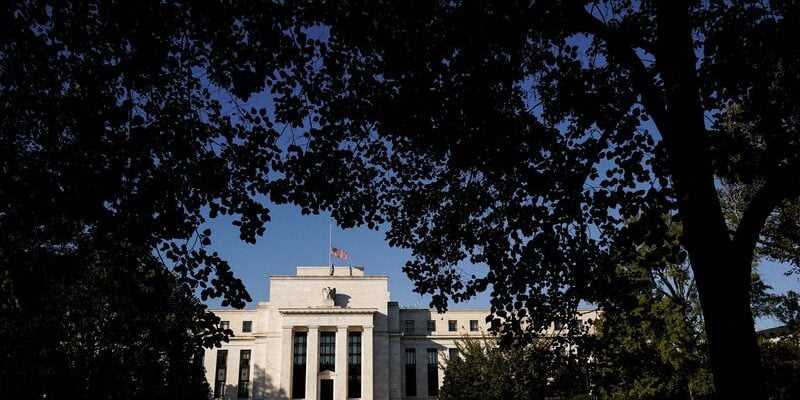The document makes no policy recommendations and offers no clear signal on the Fed’s position on whether to launch a central bank digital currency, or CBDC. In addition, the Fed said it would not proceed with the creation of such a currency “without clear executive and congressional support, ideally in the form of specific enabling legislation.”
But it sets the stage for the central bank to get public feedback on the potential costs and benefits of this approach, which is being increasingly explored by major economies around the world.
“While a CBDC could provide a secure digital payment option for households and businesses as the payment system continues to evolve, and could enable faster payment options between countries, there could also be downsides,” Fed officials wrote in the report.
Among the challenges are maintaining financial stability and ensuring the digital dollar “complements existing means of payment,” according to the Fed. The central bank also needs to address major policy issues before embarking on a CBDC, such as ensuring it doesn’t infringe on the privacy of Americans and that the government retains its “ability to fight illicit finance.” .
Although it does not make recommendations, the document does provide insight into how a CBDC might work in practice. One of the main conclusions of the analysis is that a CBDC would “better” meet the needs of the United States if it was “intermediate” by the current financial system, which means that individuals would not have CBDC accounts. directly from the Fed. Nonetheless, Fed officials have said they are not ruling anything out.
The document, which was announced by Fed Chairman Jerome Powell last year, summarizes the payments landscape, including the emergence of stablecoins and other cryptocurrencies. Comments on the issue will be accepted for 120 days.
“The document is not intended to advance a specific policy outcome, nor signal that the Federal Reserve will make an imminent decision on whether to issue a US CBDC,” it says.
Mr. Powell has made it clear that he wants such a project to have broad support and ideally be the product of Congressional action. The Fed board is generally divided on the need for a CBDC.
Unlike cryptocurrencies, which are typically managed by private players and can experience volatile price swings, a CBDC would be originated and backed by the central bank. It also differs from the electronic cash transactions that now take place daily through large commercial banks in that it could give consumers a direct claim on the central bank, similar to physical cash.
The paper released Thursday is separate from research the Boston Fed conducted with the Massachusetts Institute of Technology to explore the technological aspects of a CBDC. This technical research, including coding that could be used for a possible US CBDC, will be released next month.
The Fed’s report comes as about 90 countries, from the Bahamas to China, are exploring or launching their own central bank digital currencies (CBDCs), according to research by the Atlantic Council.
